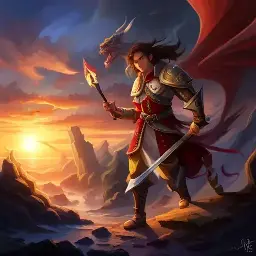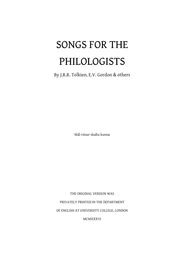Let him wait as long as he wants to wait. In detention though.
Simply look for the witch to know which is which!
Nice "What Would Nixon Do" sticker he's got on his laptop, there...
You've gotten some great answers already, with the most direct answer to the question you are probably interested in being this one from TropicalDingDong about the Southern Strategy. And then people also commented on the further context in US history of religious fundamentalists from Europe coming to the US, establishing settlements, and "spreading the good word," so to speak.
But all of that kind of begs the question - how long has politics been mixed up with religion? And from what I've read, that seems to date back nearly as far as people can trace human civilization. Namely, all the way back to ancient Mesopotamia. It seems people, from very early on, were quick to identify that politics and religion are very effective tools in exercising control over a population.
https://www.historyonthenet.com/mesopotamian-governments
By the time farming villages had grown into the great Mesopotamian cities, both priests and secular leaders were involved in Mesopotamian governments and in governing the increasingly complex society of a city. The secular leader was called the lugal, the strongman. With specialization of labor—people finding lots of different jobs and tasks to do other than farming work—it made sense to have priests fully involved in keeping the gods happy while the lugal oversaw running the city. This was a crucial step in the forming of Mesopotamian governments.
Gradually the lugal became a powerful king who dominated governance of the Mesopotamian city-state. While most of his duties as king were secular, the king had religious responsibilities as well. He, as well as the high priest, was an intermediary between the gods and the people. Kings participated in religious rituals. Common Mesopotamians considered the king as the representative of the city’s patron god, the god’s overseer on earth, so to speak.
It's also covered some on the Ancient World podcast, skip ahead to about 7:30 for the part relevant to this post. https://ancientworldpodcast.com/2012/04/episode-1-climb-stone-staircase/
As a lover of mythology, few stories have captivated me quite like the legend of Sigurd and the dragon. The tale is a thrilling adventure that has stood the

As a Tolkien fan, I found myself exploring some of his writings outside of Middle-earth. One of the stories I really like is his version of the Sigurd story from the Volsung Saga, called The Legend of Sigurd and Gudrún. One mini-story within the greater one is the story of Sigurd and his fight with a dragon named Fáfnir, and that is what the link in this post is focused on. There's a lot more going on in the story than just what you are presented with in this snippet, but it's still a fun snippet to share that was written by someone that obviously enjoyed the story.
See https://en.wikipedia.org/wiki/Songs_for_the_PhilologistsA later (2023) edition is available here:...

From TolkienBooks.net:
Songs for the Philologists is perhaps the rarest and most difficult to find Tolkien-related publication (although Sir Orfeo could also state a claim). It began life as a set of duplicated typescripts prepared by E.V. Gordon in 1922-1926 for the amusement of English students at Leeds University. These typescripts included verses by Gordon and Tolkien, as well as other traditional songs in Old and Modern English and a variety of other languages.
In 1935 or 1936 Dr. A.H. Smith of University College London, formerly a student at Leeds, gave a copy of one of the typescripts to a group of students to print at their private press. The group included, amongst others, G.T. Ilotson, B. Pattison and H. Winifred Husbands. The booklet was printed in hand-set type as an exercise on a reconstructed wooden hand-press.
Dr. Smith later realised that he had not asked for permission from Tolkien or Gordon, so the completed booklets were not distributed. University College was bombed during the Second World War and the press, and most of the stock of printed items, were lost in the ensuing fire. Evidently some copies of Songs for the Philologists survived - those retained by Smith and the students who printed them. The number that survived the fire is unknown, but is undoubtedly very small - according to one report "more than thirteen".
Native English here. Have some passing familiarity with Spanish from back in school. With a recent dive into ancient cultures and mythologies, now I'm beginning to learn Old English so I can one day hopefully read and understand Beowulf in the way in which it was originally written. I'd also like to learn Old Norse for a similar reason and dive through the eddas and sagas. Hebrew, Greek, and Latin are all on my target list, too.
This is a poem that Tolkien wrote about a noble couple that wanted to start a family, and the corrigan that meddled with their dreams.

Much like the Camelot map that I just posted, this is another that I found and printed a copy of to keep nearby while reading some Malory.

I'm reading Le Morte D'Arthur right now and went looking for some maps to help put things in context. Here's the map of Camelot that I ended up printing off a copy of to keep handy.
